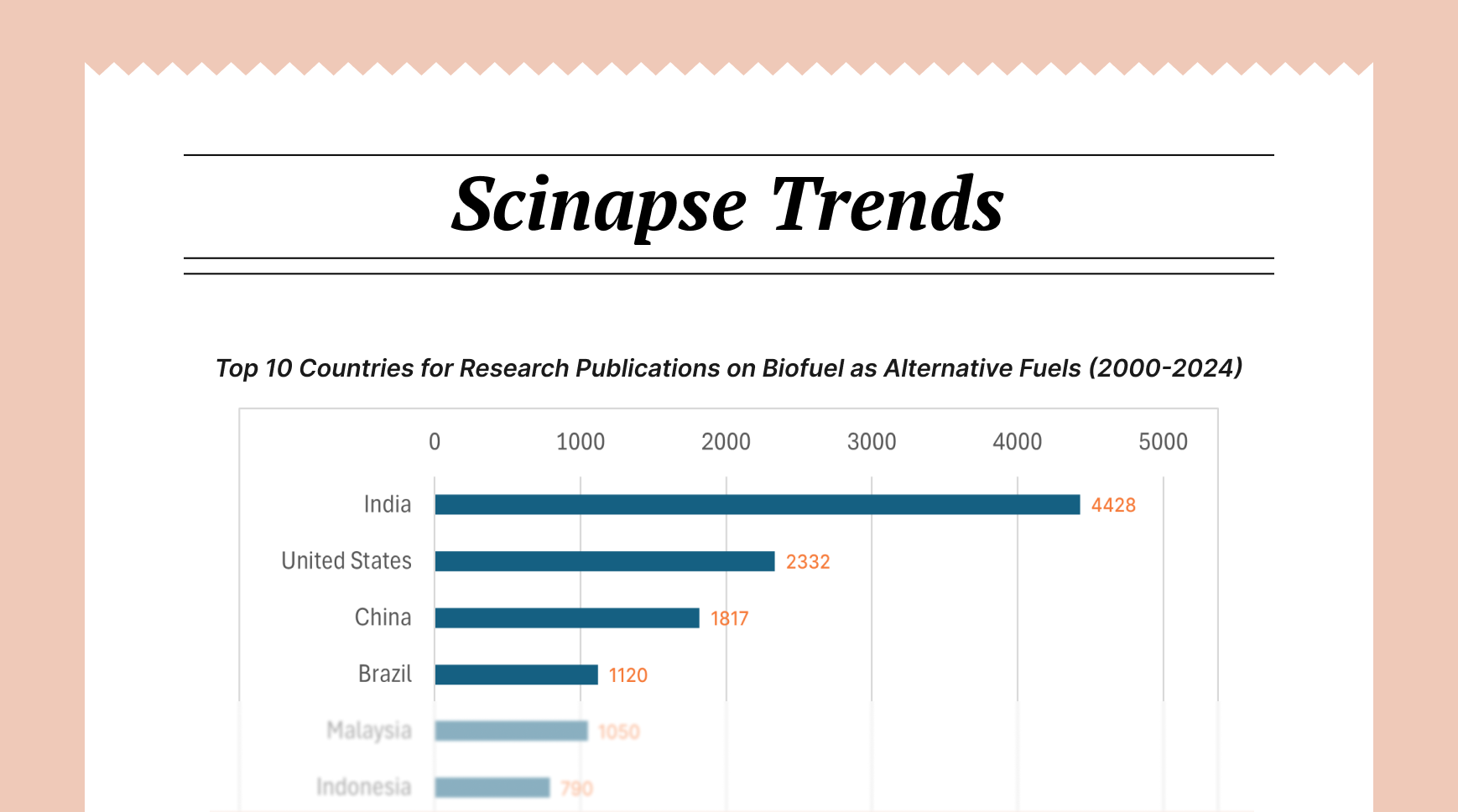Writing a Literature Review: Purpose and Structure

In simple language, a literature review provides context, justification, and direction for new studies. More than a simple summary of existing work, a well-crafted literature review synthesizes, analyzes, and critically evaluates published research to establish the foundation for further inquiry. This article explores the essential elements of literature reviews, their various purposes across academic contexts, and the structural frameworks that make them effective tools for advancing knowledge.

The Purpose of Literature Reviews
1- Contextualizing Research
One of the primary functions of a literature review is to situate new research within the existing scholarly conversation. By identifying what has already been discovered, researchers can demonstrate how their work either extends current understanding or addresses gaps in knowledge. This contextualization helps readers understand why the research matters and how it contributes to the broader field.
2- Identifying Gaps and Research Questions
Perhaps the most valuable outcome of a thorough literature review is the identification of gaps, contradictions, or unanswered questions within existing research. These gaps naturally suggest directions for further investigation and help researchers formulate precise research questions that advance the field.
By examining what has been done—and what remains unexplored—researchers can ensure that their work is both original and meaningful.
3– Establishing Theoretical Frameworks
Literature reviews help researchers identify and articulate the theoretical frameworks that will guide their studies. By examining how various theories have been applied in related research, scholars can determine which theoretical perspectives might be most appropriate for addressing their research questions.
This process of theoretical alignment ensures conceptual clarity and provides the necessary structure for interpreting findings. It also demonstrates the researcher's understanding of the theoretical underpinnings of their field, establishing intellectual credibility.
4- Methodological Guidance
By examining the methodological approaches used in previous studies, researchers can identify best practices, common challenges, and innovative techniques relevant to their work. This methodological analysis helps researchers make informed decisions about their research design, data collection methods, and analytical strategies.
Literature reviews also allow researchers to learn from others' methodological limitations, helping them avoid similar pitfalls and strengthening the overall quality of their research.
Types of Literature Reviews
1- Narrative Reviews
Narrative reviews provide a comprehensive overview of a research topic, synthesizing and analyzing published literature without following a rigid, systematic methodology. While more flexible than systematic reviews, narrative reviews still require critical analysis and thoughtful organization to be effective.
These reviews are particularly valuable for exploring complex, interdisciplinary topics where diverse perspectives and methodological approaches coexist. They allow researchers to tell the "story" of a research area, highlighting significant developments, theoretical shifts, and emerging trends.
2- Systematic Reviews
Systematic reviews follow explicit, reproducible methods to identify, select, and critically appraise relevant research. With their rigorous approach to evidence synthesis, systematic reviews aim to minimize bias and provide comprehensive summaries of available evidence on specific research questions.
The hallmarks of systematic reviews include comprehensive search strategies, clear inclusion and exclusion criteria, standardized data extraction procedures, and transparent reporting of methods and findings. These reviews are particularly valued in evidence-based practice fields like medicine, healthcare, and policy analysis.
3- Meta-Analyses
Meta-analyses represent the most statistically rigorous form of literature review, combining quantitative data from multiple studies to increase statistical power and resolve uncertainties when individual studies yield conflicting results. By pooling data across studies, meta-analyses can identify patterns and relationships that might not be apparent in individual investigations.
4- Scoping Reviews
Scoping reviews map the key concepts, theories, and evidence available on a research topic, particularly when the area is complex or has not been comprehensively reviewed before. These reviews help clarify working definitions and conceptual boundaries of a topic, identifying the types of evidence available and existing research gaps.
Unlike systematic reviews, which typically address narrowly defined questions, scoping reviews address broader topics and may not include a formal quality assessment of included studies.
Structural Elements of an Effective Literature Review
1- Introduction
The introduction of a literature review should clearly state the purpose and scope of the review, explaining what aspects of the topic will be addressed and why. This section typically includes:
- A clear statement of the research problem or question
- The significance of the review topic
- The scope and boundaries of the review
- An overview of the structure and organization
2- Organization Strategies
Literature reviews can be organized using several different approaches, depending on the nature of the topic and the purpose of the review:
- Chronological organization: Tracing the development of the topic over time, highlighting significant milestones and evolving perspectives.
- Thematic organization: Grouping and discussing literature according to themes or theoretical concepts relevant to the research question.
- Methodological organization: Comparing and contrasting different research methodologies used to investigate the topic.
- Theoretical organization: Organizing the review around different theoretical approaches or frameworks used to understand the topic.
Regardless of the organizational approach, effective literature reviews maintain a clear focus on the research question and demonstrate logical progression of ideas.
3- Critical Analysis
The heart of any literature review lies in its critical analysis of existing research. Rather than simply summarizing individual studies, effective reviews synthesize findings across studies, identify patterns and contradictions, and evaluate the strengths and limitations of different approaches.
This analytical component requires researchers to engage deeply with the literature, questioning assumptions, examining methodological choices, and considering alternative interpretations.
4- Conclusion
The conclusion of a literature review should synthesize the main findings, highlight gaps in current knowledge, and articulate implications for future research. This section typically:
- Summarizes key themes and patterns identified in the literature
- Discusses the current state of knowledge on the topic
- Identifies unresolved questions and contradictions
- Suggests directions for future research
Literature reviews serve as crucial foundations for academic research, providing context, theoretical grounding, and methodological guidance. Whether narrative, systematic, or meta-analytic in approach, effective literature reviews share common purposes: they situate new research within existing knowledge frameworks, identify gaps and opportunities for contribution, and establish the theoretical and methodological parameters for investigation.
Author: Uttkarsha B
- AI-Ethicist and STM Research & Publishing Expert
Never re-search again.
Scinapse is made by researchers for researchers.
Join the next generation of research at ⏯️ https://scinapse.io/
Pluto Labs
Pluto Labs helps researchers focus on their research by improving several inefficiencies in the academic research process. We offer data-driven insights from academic papers, allowing users to easily obtain review-level results for their desired range of papers.
https://pluto.im/





Comments ()